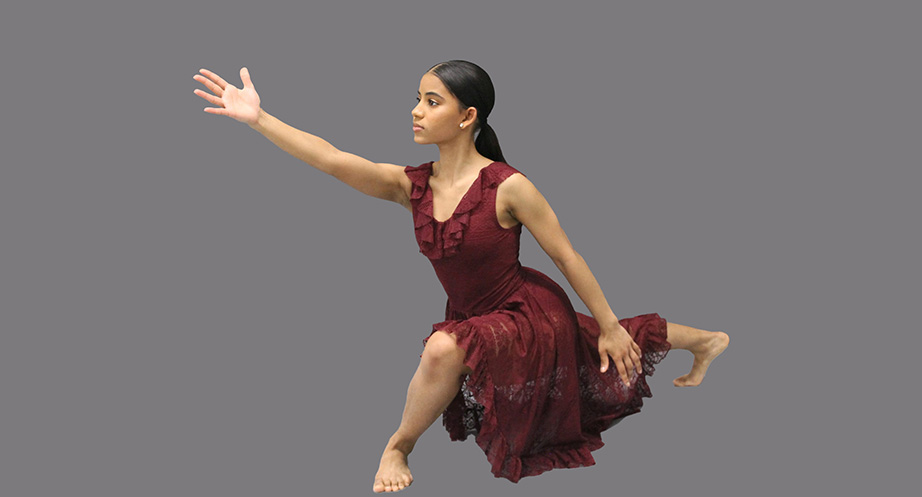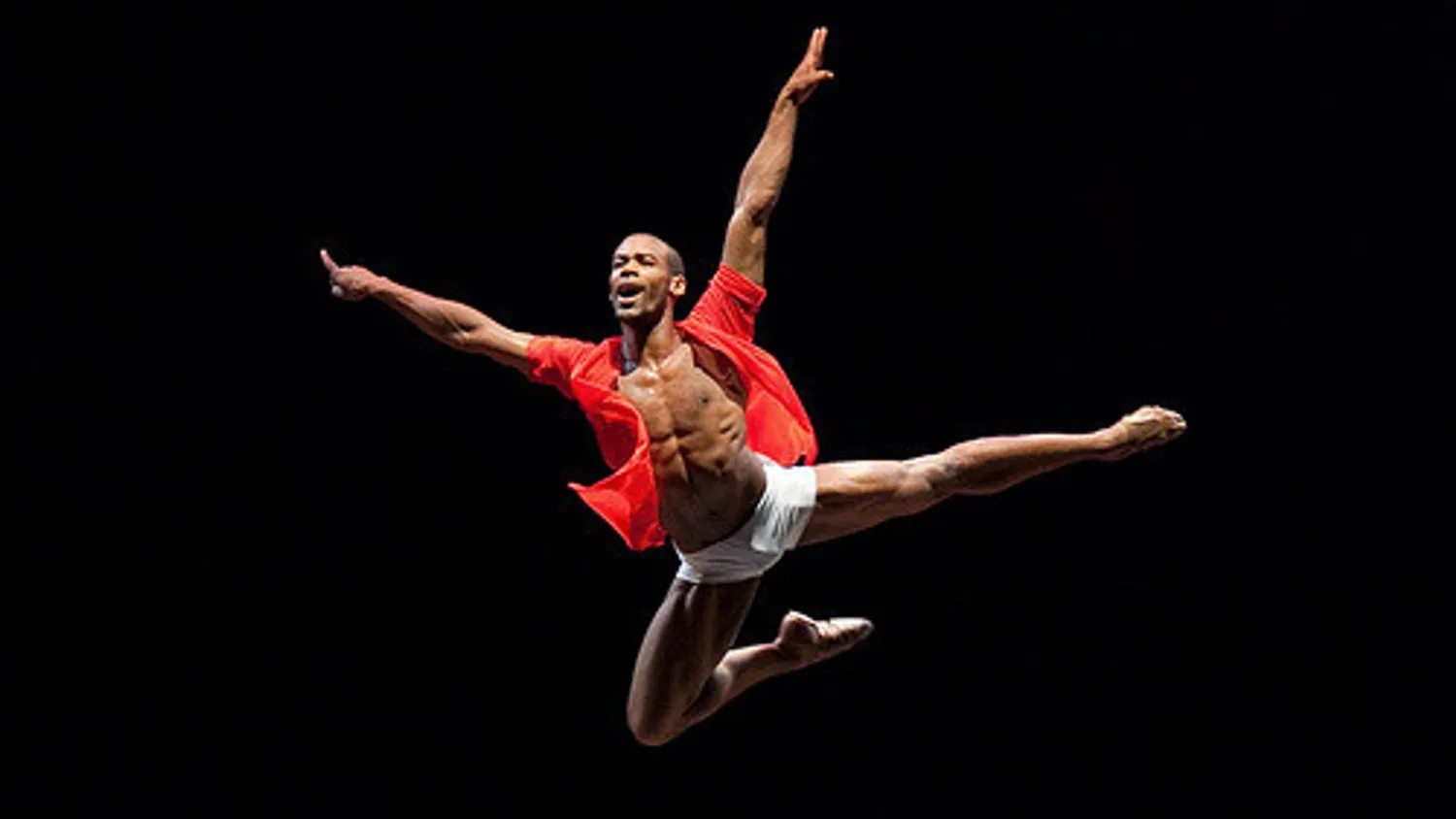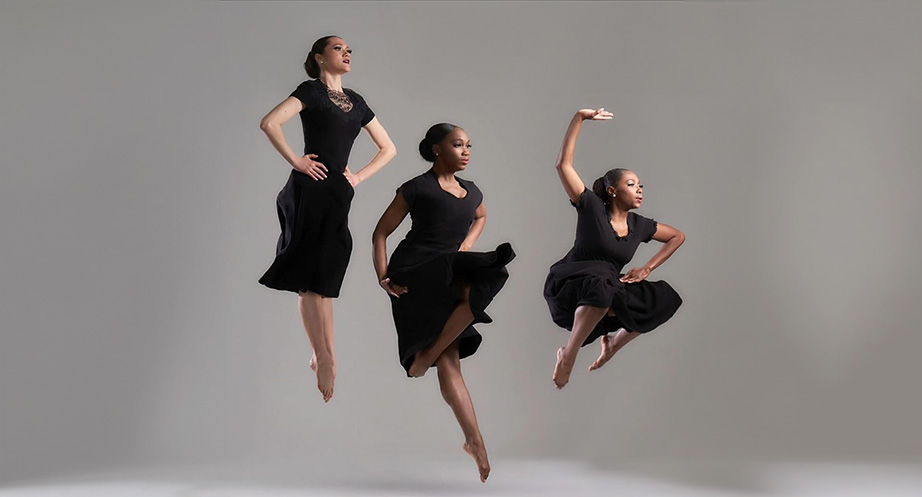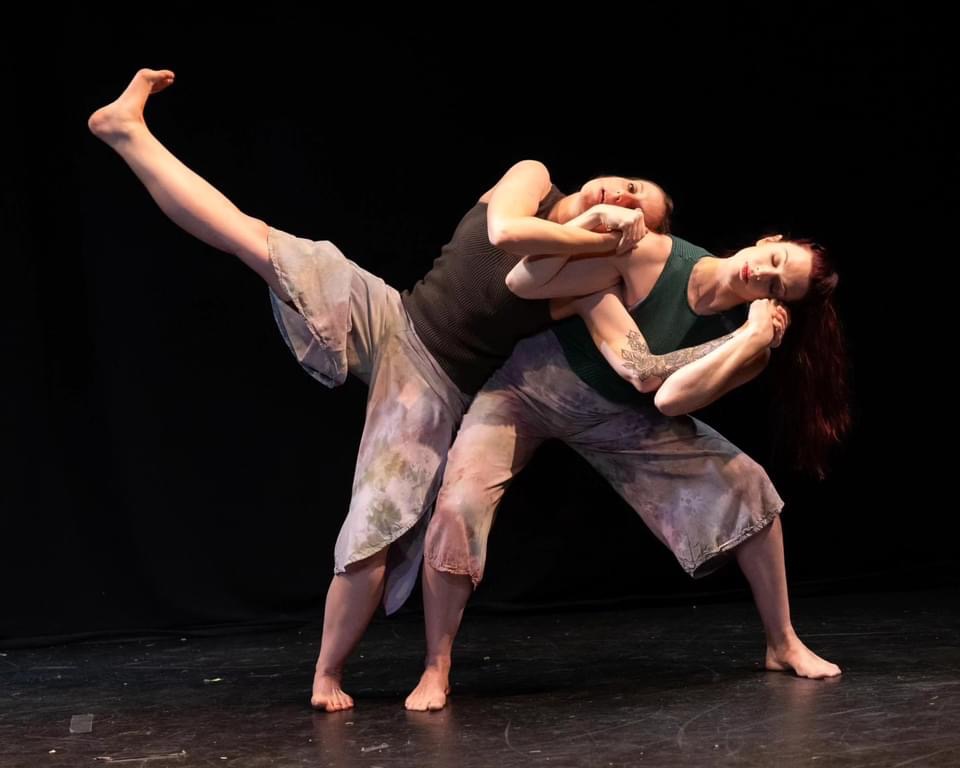Re-post from Americans for the Arts
On April 2, the U.S. Department of Education released a study entitled Arts Education in Public Elementary and Secondary Schools 1999-2000 and 2009-10. This study was previously published in 2002, prior to implementation of the No Child Left Behind Act (NCLB). Arts education advocates are very pleased to finally see an update, even if a full decade later.
- 1.3 million of our nation’s public elementary school students receive no specific instruction in music, and nearly 4 million students receive no specific instruction in the visual arts.
- 800,000 public secondary school students do not receive music, and 11 percent of secondary schools do not provide the visual arts.
- Only 3 percent of elementary schools offer any specific dance instruction and only 4 percent offer any specific theater instruction. In secondary schools, the numbers improve somewhat as 12 percent offer dance and 45 percent offer theater.
Finally, this report found that the nation’s poorest students, the ones who could benefit the most from arts education, are receiving it the least. A decade ago, the data showed that 100 percent of high poverty schools offered music instruction, but currently, only 80 percent offer music instruction. The percentage offering visual arts, dance, and theater is even lower.






